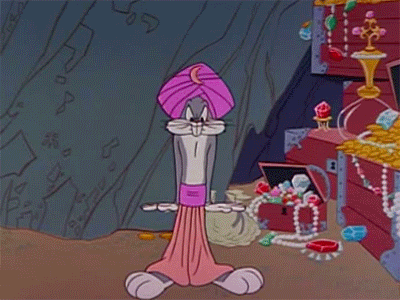(Word count - 500, not including hyperlinks at the end of the page or picture captions)
Coral Reefs, when healthy, are full of life and hosts hundreds of aquatic species.
What are coral reefs? Well, they might look like lifeless structures, but in reality, they are living animals. Belonging to the cnidaria family, coral are stationary animals that depend on tentacles to catch small fish and plankton for nourishment. Each coral animal is known as a polyp, and they live in colonies that range from a hundred members to well over a thousand. While there are two general types of coral, the ones known as 'hard coral' are the ones that make up coral reefs. Made up of hard, calcium carbonate material, millions polyps that fall under the hard coral category come together and form colourful structures that we recognize as coral reefs.
Coral reefs are home to thousands and millions of other species, including fish, lobsters, and seahorses. Due to the large number of other aquatic life that depends on coral reefs for survival, it's safe to say that coral reefs are an integral part of underwater ecology.
Unfortunately, coral reefs are disappearing. Due to human interaction, the number of healthy coral reefs in the world is dwindling faster than the rainforest. The increase of water temperatures due to global warming results in ‘bleached’ coral’, an occurrence in which coral expels algae essential for its survival, and it loses its colour. Pollution, including oil spills and garbage, can severely affect coral reef ecosystems. Trash and other sediments that cover the surface of the water blocks sun from the coral, something that is essential to the polyps and animals living within. Animals can mistake the shadow of discarded trash as food and accidentally consume them, or can be trapped in old fishing nets left behind by visitors. Careless tourism and over-fishing have also contributed to the decline of coral reefs.
But, there are things that humans have been doing to preserve these underwater rainforests. Reef Check is a non-profit organization dedicated to the preservation and protection of tropical coral reefs around the world. It was founded in 1996 by Dr. Gregor Hodgson, a marine ecologist. Reef Check has four main goals: to spread the word about the importance of coral reef ecosystems, to create a global network of volunteers dedicated to helping maintain the coral reefs, to collaborate with other organizations and businesses in finding economical, yet sustainable solutions to the problem, and to work together with the local population in helping with the recovery of damaged reefs.
Reef Check is unique, as it works through the local population, such as divers and fishermen, along with scientists to survey damaged coral reefs. This allows the locals to get information on the coral reef near their homes, and how they can protect and maintain it. Through the research and data gathered by Reef Check surveys, the world now has a clear view on just how serious the damage of coral reefs have gotten. Hopefully, through the continued effort of scientists and local volunteers, we can stop the decline of these majestic coral reefs, and return them to what they once were.

Damaged Coral Reefs are unable to sustain life. Compare this image of a damaged reef to the healthy one at the beginning of the post. Sadly, more reefs around the world look like this, rather than the one at the top.
Information gathered from:
Pictures from:
http://www.coralreefinfo.com/images/coral_reef.jpg
http://serc.carleton.edu/images/eslabs/corals/coral_reef_blast_damage.jpg
Look at your blog post, then back at mine. Now back to your blog post, then back at mine. Sadly, it isn't mine, but it can be like mine if I comment on it.
Just like I did to these guys:
I have to admit, they both deserve a Monacle Smile.





